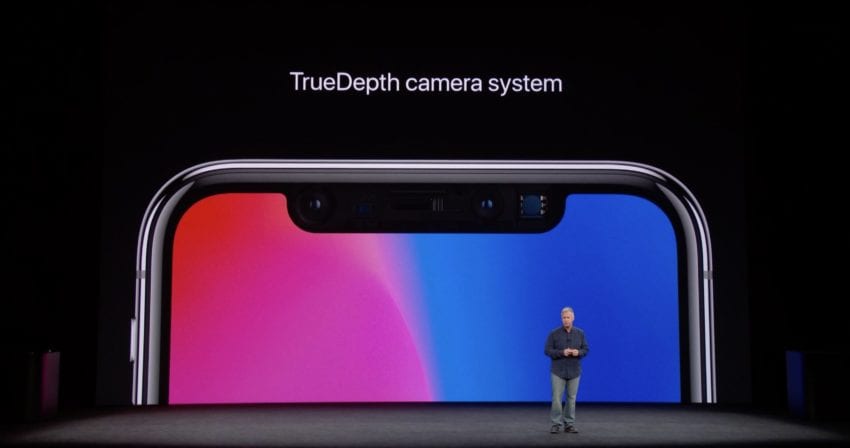A 3D laser-powered sensor that accurately determines the distances between objects and the lens will be a feature of the iPhone 2020 , potentially resulting in improved augmented reality and photography, with faster focus and other advantages.
According to DigiTimes , the sensor is based on a vertical surface emission laser, or VCSEL, similar to the infrared TrueDepth camera system found in the notch of the iPhone X / XS / XR models with a crucial exception: it will use the detection technology of flight time .
To be clearer, Apple’s current TrueDepth technology takes advantage of the structured light approach, which is based on infrared transmitters and receivers that spray a pattern of 30,000 tiny dots invisible to the human eye on their face. The distance of each point is determined by its size on infrared images: the greater the distance, the greater the point.

With time-of-flight sensors , however, the system solves the distance between the camera and the subject for each point of the photograph by measuring the round-trip time of an artificial light signal supplied by a laser source. The addition of such a 3D detection system to the iPhone 2020’s rear camera would not only translate into improved augmented reality experiences , but would also allow the camera to focus more quickly and would also greatly improve the quality of portraits .
DigiTimes’ claims could be very reliable since even Bloomberg’s Mark Gurman and the trusted Apple Ming-Chi Kuo analyst have previously stated that the 2020 iPhones will include a 3D rear camera with time-of-flight sensors. According to Gurman, the 3D sensor will be able to recreate the real world in three dimensions.
“The long-range 3D camera is designed to scan the environment to create three-dimensional reconstructions of the real world.”
This is much better than the current method of using the parallax offset of the two targets to approximate the depth data.
The next 3D sensor is expected to work up to about 5 meters from the device, which means that the iPhone 2020 will be able to detect depth at a greater distance than the current TrueDepth implementation that operates at distances between 25 and 50 centimetre.



Recent Comments